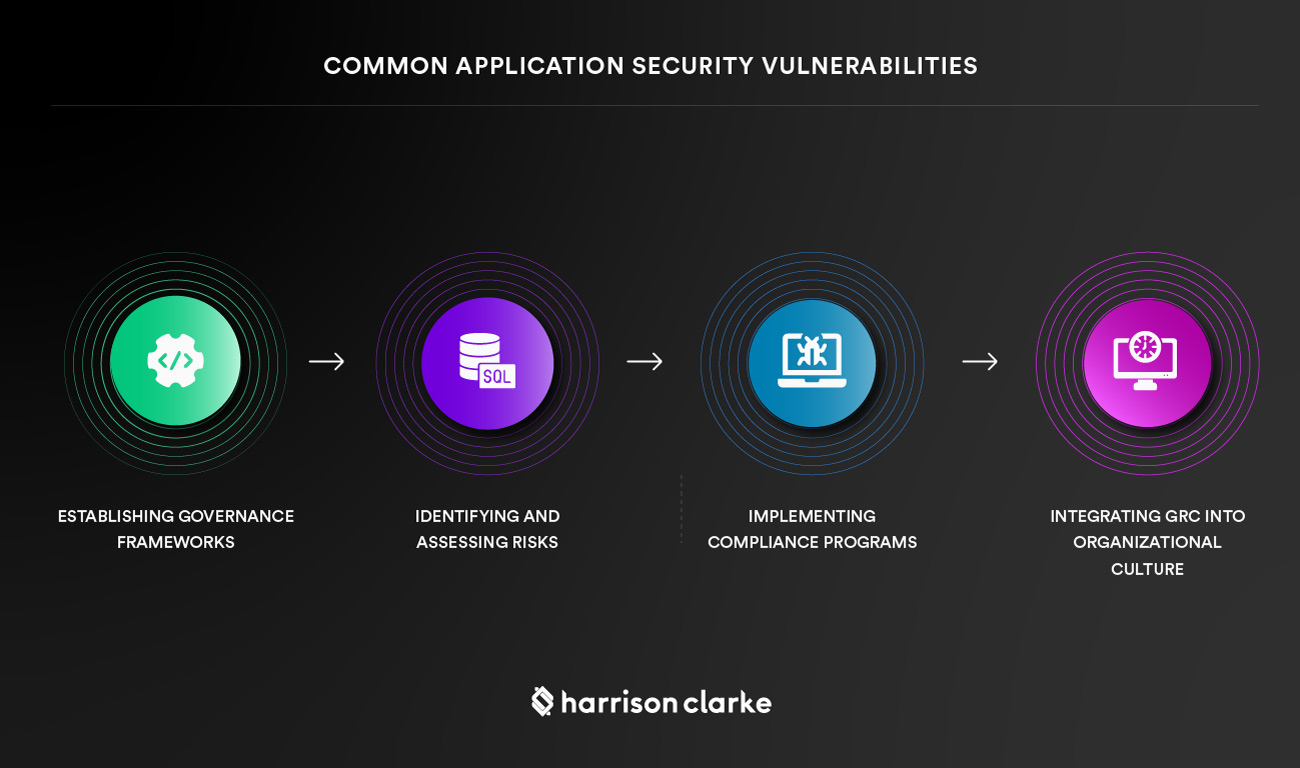At this time and age, companies and individuals rely heavily on applications to conduct their day-to-day activities. With increased usage, applications have become a focal point for hackers looking to exploit loopholes. A compromised application can lead to significant losses in revenue and sensitive data theft. It is therefore essential to understand the common application security vulnerabilities and best practices to prevent them. In this post, we delve into some of the most prevalent application security vulnerabilities and how to mitigate them.
Cross-site scripting (XSS)

Cross-Site Scripting (XSS) involves an attacker injecting malicious code into an application by exploiting a user's incorrect input passing or output encoding. When executed, attackers can steal users' personal data or even take over the entire application. To prevent XSS, developers should ensure that their applications are robustly coded using the latest coding standards. This includes input validation, output encoding, and authoritative third parties. Developers should also perform regular vulnerability scanning and penetration testing to identify and remediate any detected vulnerabilities.
SQL Injection

Structured Query Language (SQL) injection (SQLi) is a type of exploit that takes advantage of poor SQL code serialization. An attacker can take advantage of this and gain access to restricted parts of the application or use it for data exfiltration. To prevent SQL Injection attacks, developers should utilize parameterized SQL code (prepared statements) and utilize programming techniques like ORM to ensure code serialization. Regular monitoring of application logs for suspicious activities is also advised.
Insecure Direct Object References

Insecure Direct Object References occur when an attacker can gain access to objects they are not supposed to access, say user data. This type of exploit typically arises when developers use object references as the sole means of access control. To mitigate this vulnerability, developers should ensure role-based access controls and implement authorization checks at critical points to limit access to sensitive data. Employing data mapping will also come in handy when authorizing access to sensitive data.
Broken Authentication and Sessions Management

Broken Authentication and Session Management occur when attackers take advantage of vulnerabilities in the authentication and session management process. This may occur due to insecure cookie storage, session handling or account management mechanisms. Developers can prevent these exploits by using secure and hashed password storage practices. Developers should also limit failed login attempts, enforce strong password policies and implement multi-factor authentication.
Conclusions

To wrap up, application security should be a top priority for any organization or individual using applications to conduct their activities. The vulnerabilities mentioned above are just a few of the common ones that could lead to significant harm if exploited. To prevent these vulnerabilities, developers should stay up-to-date with the latest coding standards, perform regular vulnerability scanning and penetration testing, and implement strict access controls. We hope that this post has been informative, and it has inspired you to take measures to prevent application security vulnerabilities.



